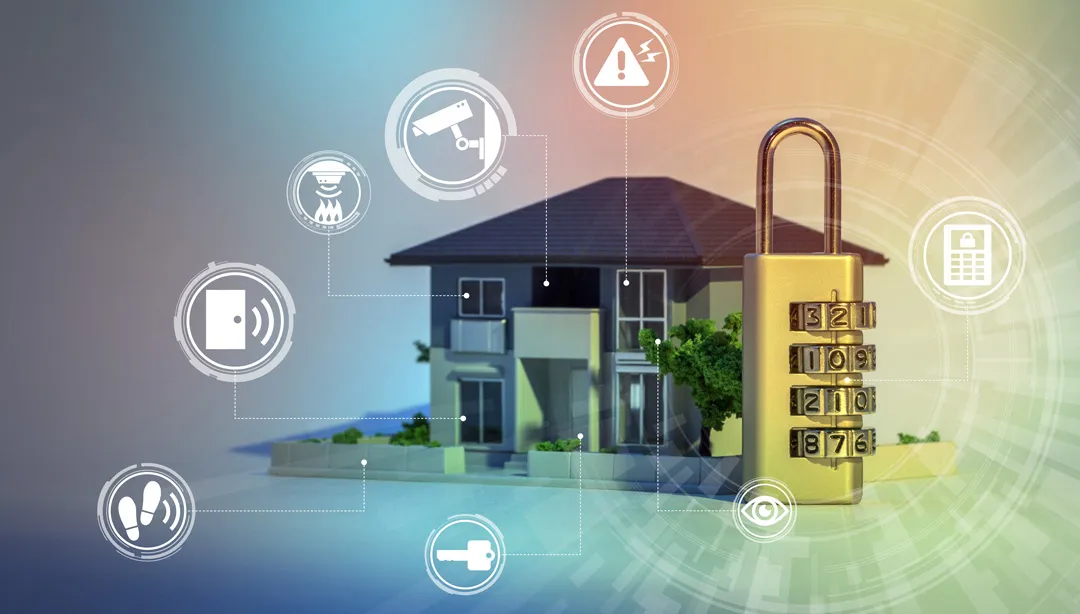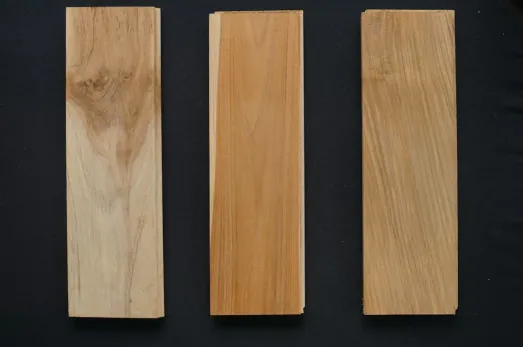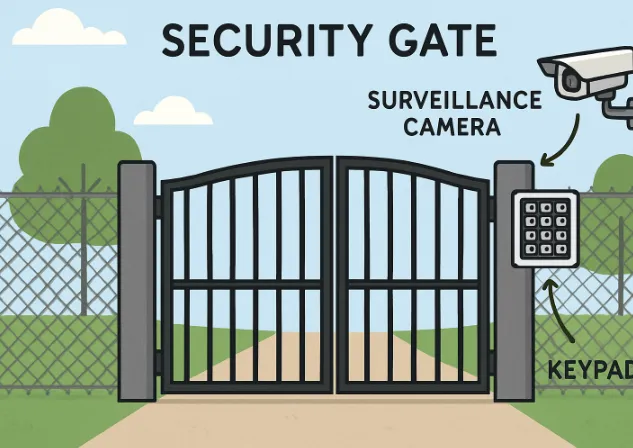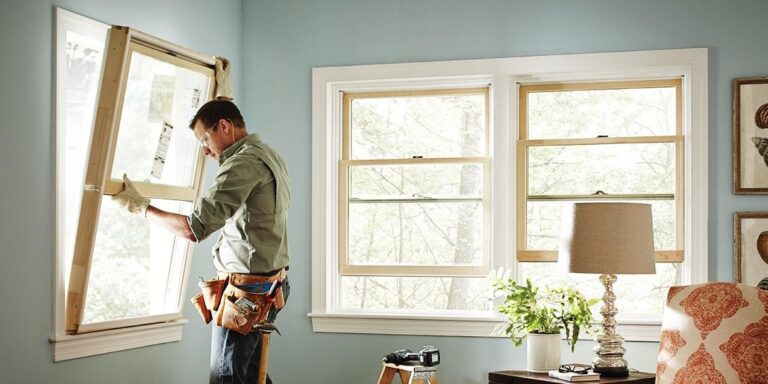How to Protect Your Home from Hidden Environmental Hazards Year Round
A home should be a safe space but many homeowners are unaware of the environmental hazards that may be lurking beneath the surface. Mold, asbestos, lead paint, radon, and other pollutants can accumulate slowly, often without visible warning signs. These hidden risks can impact the health of your family and the structural integrity of your home if left unaddressed.
Protecting your living space is not just about aesthetics and comfort. It’s about maintaining a clean, breathable, and safe environment. With a year-round approach, homeowners can take proactive steps to detect and manage these hazards before they escalate.
Also Read: How to Choose a Used Luxury Vehicle That Fits Your Lifestyle
Common Environmental Hazards and How to Detect Them
Understanding what you’re up against is the first step toward creating a safer home. Environmental hazards are not always visible, so it helps to know what to look for and when to bring in professionals.
- Mold thrives in humid areas and can cause respiratory problems, especially in children and older adults
- Asbestos is commonly found in insulation and ceiling tiles in homes built before the 1980s
- Lead may still be present in paint, pipes, and soil in older homes and poses a serious risk to children
- Radon is a naturally occurring gas that seeps through foundations and is the second leading cause of lung cancer
- Volatile Organic Compounds (VOCs) are emitted from household products and can cause chronic irritation and long-term health effects
A comprehensive inspection by environmental professionals like GAC Environmental can help identify these threats and provide effective solutions tailored to your home’s specific needs.
Year-Round Prevention Strategies for a Healthy Home
Staying ahead of environmental hazards means establishing a routine of monitoring and maintenance. These strategies ensure your home stays clean, safe, and resilient in every season.
Winter: Focus on Indoor Air Quality
Cold weather keeps windows closed and heating systems running, which can concentrate indoor air pollutants. Use air purifiers, regularly replace HVAC filters, and test for radon during winter months. This is also a good time to schedule professional air quality assessments.
Spring: Inspect for Moisture and Mold
As temperatures rise, spring brings moisture and potential water damage. Inspect basements, attics, and under sinks for signs of mold or mildew. Ensure proper ventilation and repair leaks quickly to avoid long-term damage.
Summer: Prepare for Heat and Humidity
High humidity can increase the risk of mold growth. Use dehumidifiers in damp areas and monitor humidity levels with affordable sensors. If you’re renovating, be cautious of disturbing materials that may contain asbestos or lead.
Fall: Clean and Seal Before Cold Weather
Autumn is a good time to seal windows and doors, check insulation, and clean out vents. This reduces drafts and potential mold caused by condensation. Schedule environmental testing before winter seals contaminants inside.
Monitor Humidity Year-Round
Maintain indoor humidity between 30 and 50 percent to discourage mold and mildew. Smart humidifiers and dehumidifiers with sensors make this easy to manage. Humidity control is one of the most effective ways to maintain air quality.
Use Low-VOC Products
Choose paints, cleaners, and building materials labeled as low in VOCs. This helps minimize long-term chemical exposure. Be especially mindful when redecorating children’s rooms or nurseries.
Keep an Eye on Structural Issues
Cracks in foundations or walls can allow radon and moisture to enter the home. Conduct a visual inspection every few months, and don’t ignore unusual odors or persistent allergy symptoms. These may indicate deeper issues worth investigating.
When to Seek Professional Environmental Testing
While many hazards can be monitored or prevented with simple steps, professional testing ensures nothing is missed. It’s especially important if you live in an older home, are planning renovations, or notice health symptoms without a clear cause.
After Water Damage
Flooding, leaks, and even high humidity can cause long-term issues like hidden mold. Professional testing can reveal what’s behind your walls. Early detection reduces the cost and complexity of remediation.
Before Renovations
Remodeling can disturb asbestos or lead materials that were previously sealed. Pre-renovation testing ensures your project is safe and compliant with health guidelines. It’s an essential part of planning for a healthy upgrade.
If Symptoms Persist
Unexplained headaches, coughing, or fatigue might be linked to your indoor environment. Testing helps identify allergens, VOCs, or other pollutants. This is a vital step for protecting vulnerable family members.
During Real Estate Transactions
Whether buying or selling, environmental testing helps verify that the home is safe. It builds trust and prevents costly surprises later. GAC Environmental offers tailored assessments for every stage of property ownership.
For Peace of Mind
Sometimes, the biggest benefit of testing is knowing your home is truly safe. Annual or seasonal inspections create a documented history of your home’s health. That peace of mind is invaluable.
Conclusion
Keeping your home safe from environmental hazards requires vigilance, knowledge, and the right partners. With a proactive, year-round strategy, you can protect your family’s health, maintain your property’s value, and create a space that supports well-being.







